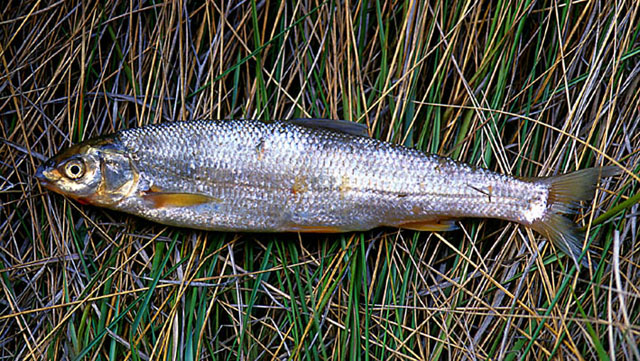| Leuciscidae (Minnows), subfamily: Leuciscinae |
| 40 cm SL (male/unsexed); 20 cm TL (female) |
|
benthopelagic; freshwater |
| Europe: Portugal and Spain in Guadiana, Odiel, Guadalquivir and smaller drainages, eastward until Malaga. |
|
Diagnosed from its congeners by having the following characters: slightly arched lower jaw edge; 56-71 + 3-4 scales on lateral line; anal fin with 9-10½ branched rays; 26-35 gill rakers; usually 7-6 pharyngeal teeth; and caudal peduncle depth 2.2-2.4 times in its length (Ref. 59043). |
| Found in the middle stretches of rivers, in areas with current and also frequently in still water. Occurs in groups, especially during pre-reproduction migration (Ref. 59043). A long-lived species which also inhabits water bodies on low plains (Ref. 26100). Feeds on invertebrates, plants and detritus (Ref. 59043). Spawning takes place in April. Threatened due to pollution and the introduction of other species (Ref. 26100). Max. length (Alejandro Ramos, pers. comm., 2002). |
|
Vulnerable (VU); Date assessed: 31 January 2006 (A3ce+4ce) Ref. (130435)
|
| harmless |
|
Source and more info: www.fishbase.org. For personal, classroom, and other internal use only. Not for publication.

